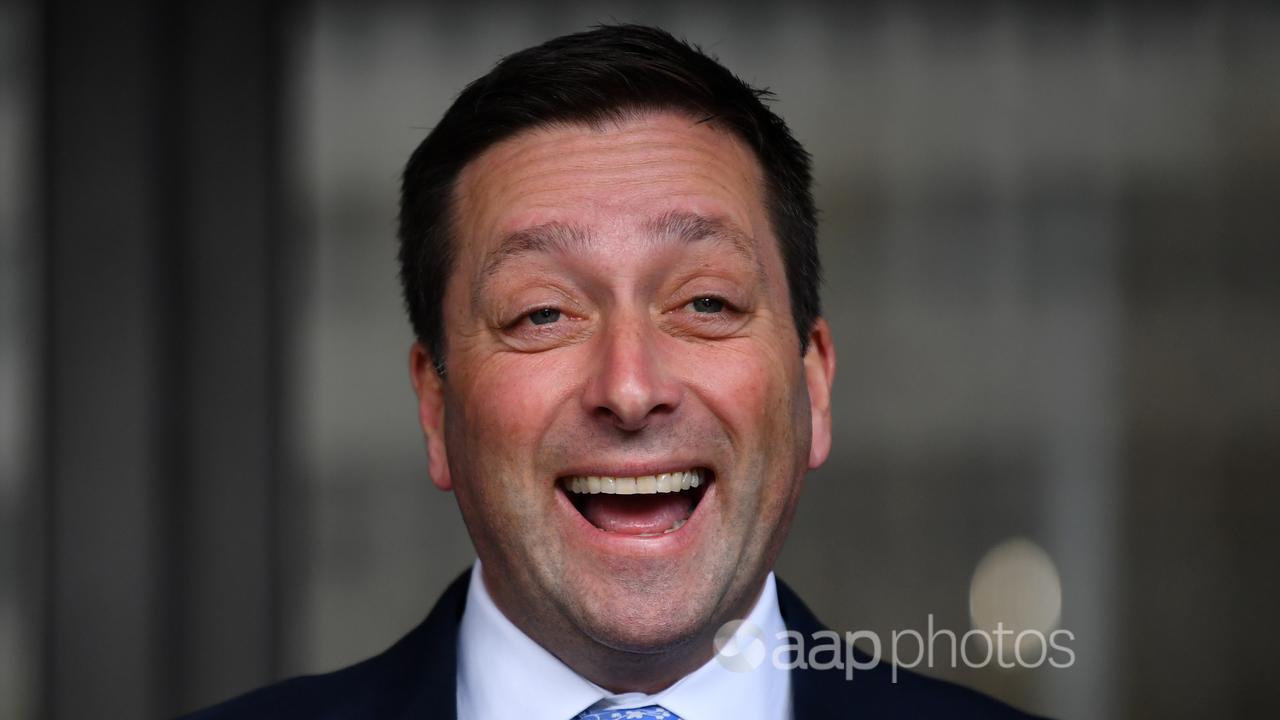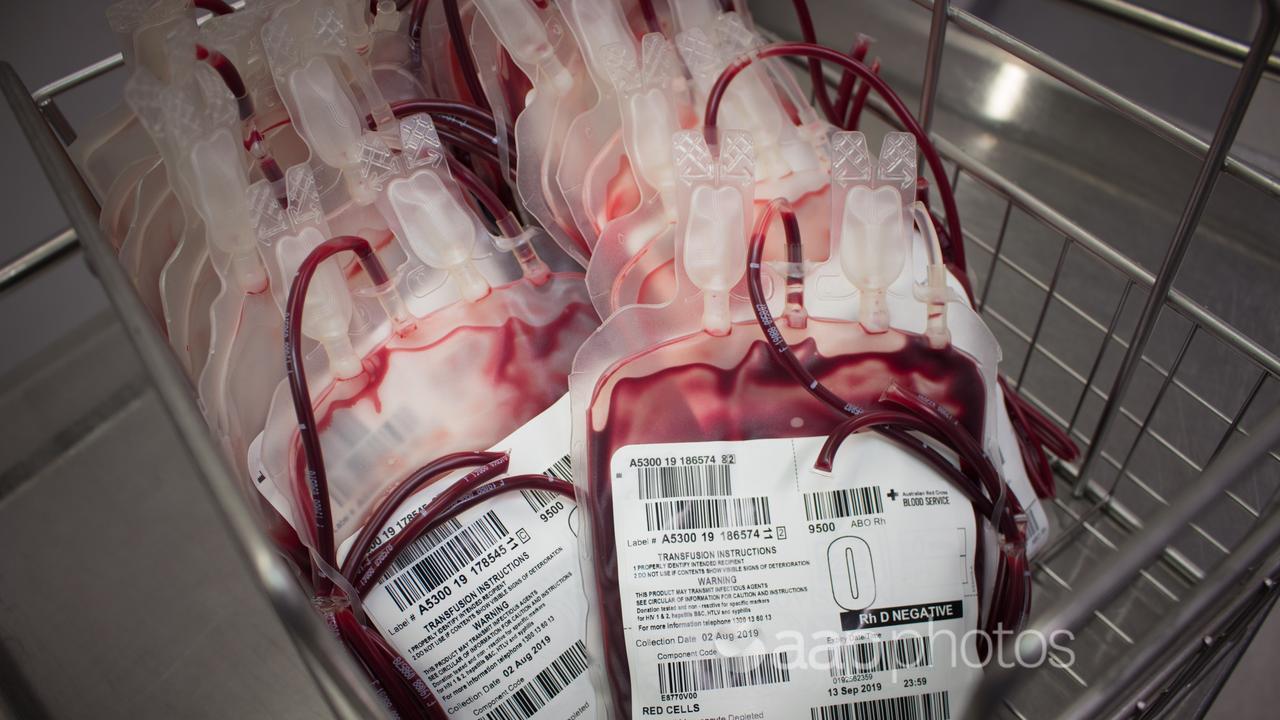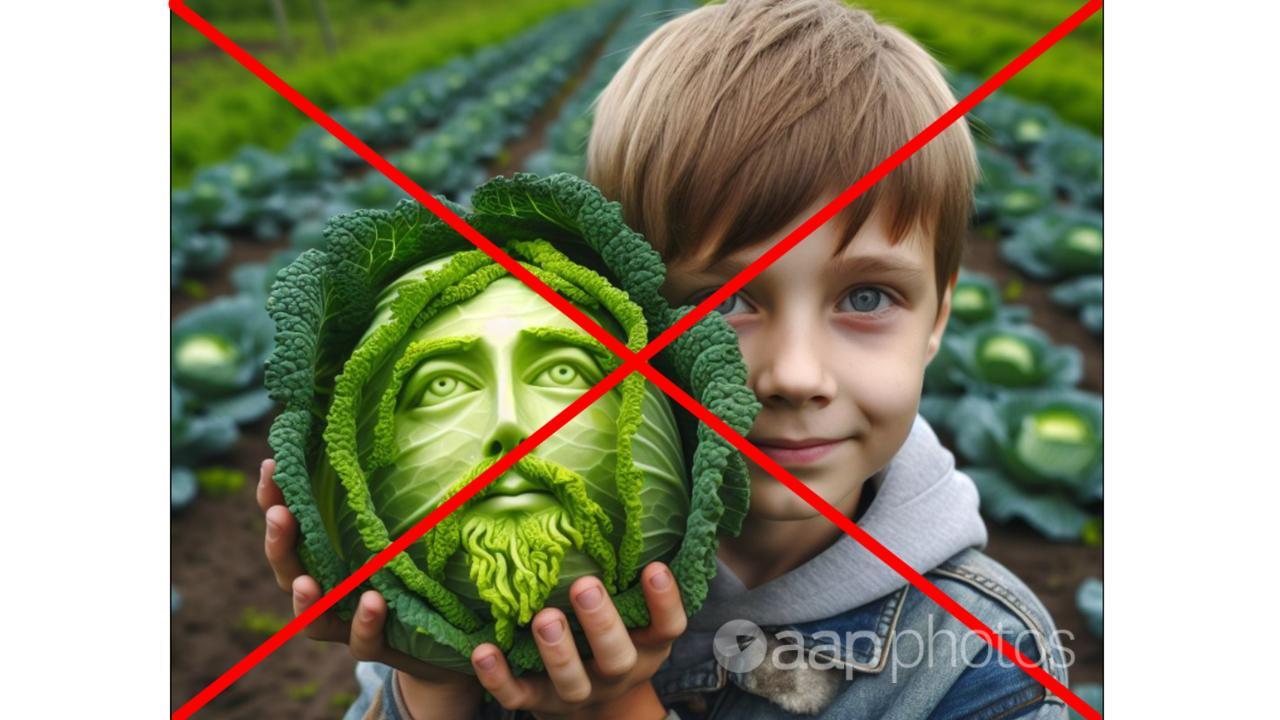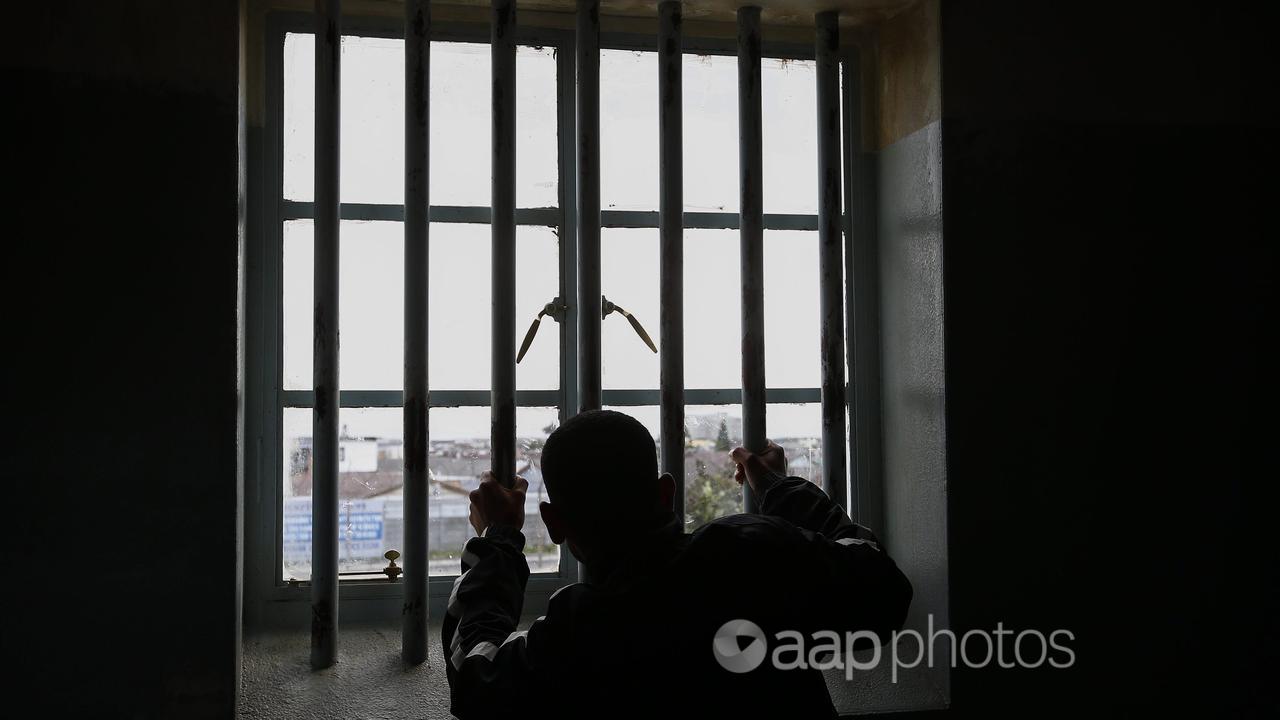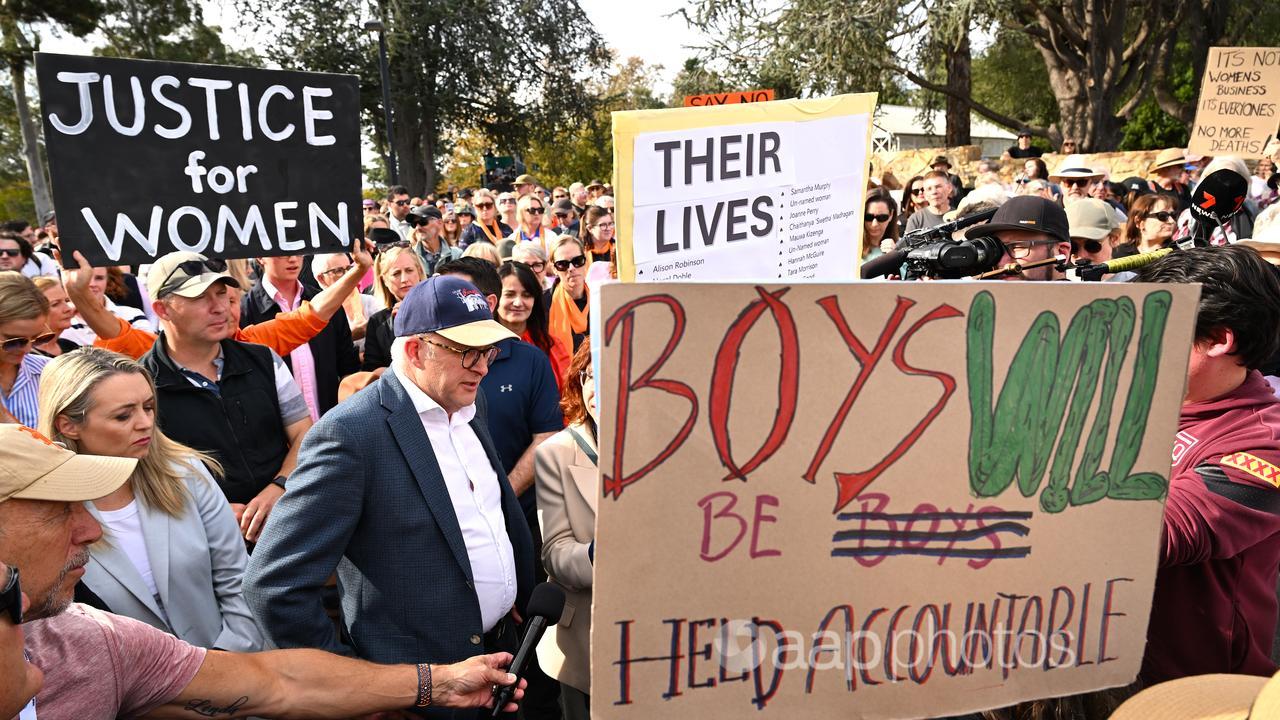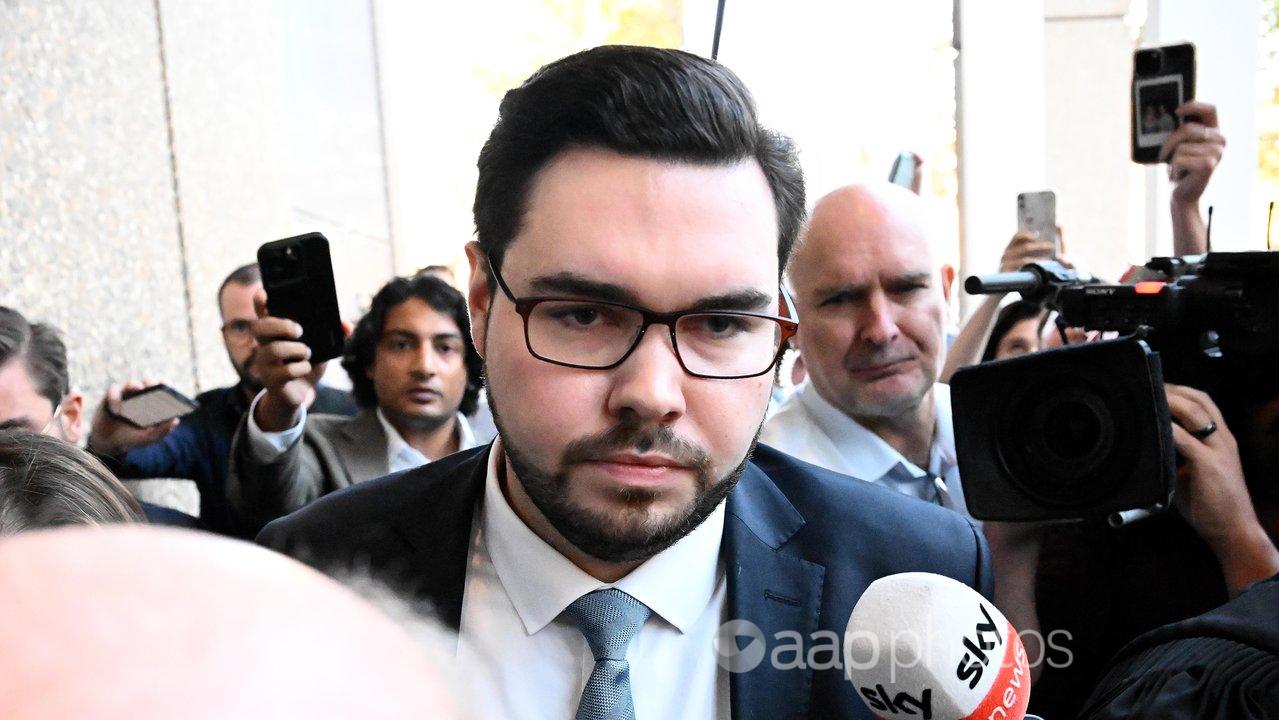The Victorian Liberal Party has put government debt at the centre of its state election campaign, claiming Victoria is on track to have more public debt than NSW, Queensland and Tasmania combined.
The claim is accurate. According to state budget forecasts, Victoria’s net debt will rise to $167.5 billion in 2025/26, compared to a combined figure of $159.2 billion for other three eastern Australian states.
Victorian Opposition Leader Matthew Guy made the claim in a Facebook post on October 2, writing: “Under Daniel Andrews, Victoria’s debt is forecast to reach $167.5 billion, more than NSW, Qld and Tas combined”.
Shadow Treasurer David Davis and Liberal candidate John Pesutto have reportedly made similar claims.
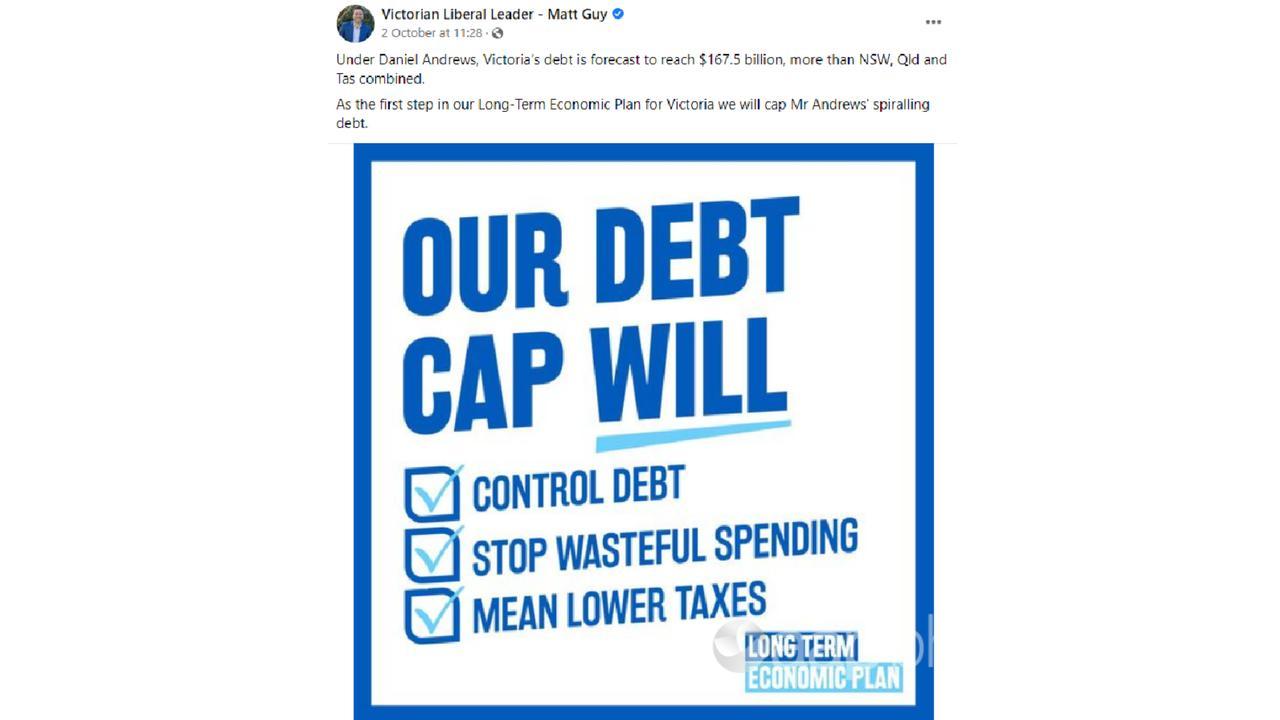
Australian state and territory governments publish net debt forecasts as part of their respective annual budgets.
Net debt refers to the value of government borrowing less its financial assets such as cash and investments.
At the time of writing, state and territory budgets included government debt estimates from 2021/22 – the most recent full financial year – through to 2025/26.
UNSW Sydney economics professor Richard Holden has previously told AAP FactCheck that future debt projections should be treated with caution because they are “like staring into a crystal ball”.
Nonetheless, looking at Victoria’s state budget papers (table 1.1 on page 5), it can be seen Mr Guy’s figure of $167.5 billion refers to the state government’s projected net debt in 2025/26.
Other state budget papers show the equivalent projected net debt figure is $114.8 billion in NSW (table 1.1 on page 1-6), $39.2 billion in Queensland (page 6) and $5.2 billion in Tasmania (table 4.2 on page 46).
Therefore, the combined projected debt in 2025/26 for NSW, Queensland and Tasmania is $159.2 billion, meaning Mr Guy is correct to say Victoria is on track to be more indebted than the three other states combined.
Victoria's public debt was already rising before COVID-19, but increased further following huge stimulus spending throughout the pandemic.
The Queensland government says the state's relatively strong economy is partly due to its fast recovery from the pandemic (page 1).
John Quiggin, an economics professor at the University of Queensland, told AAP FactCheck that Queensland's relatively low debt was also partly due to the state's retention of public assets, such as electricity distribution networks.
"The result is much lower net debt, since the proceeds of privatisation in other states were largely dissipated," Professor Quiggin said in an email.
Another way to assess the size of government debt is as a percentage of gross state product (GSP), a calculation which takes into account the size of the state or territory's local economy.
By this measure, Victoria's net debt is projected to be the equivalent of 26.5 per cent of GSP by 2025/26 (table 1.1 on page 5).
By comparison, the 2025/26 net debt to GSP ratio is projected to be 13.7 per cent in NSW (table 6.1 on page 6-3), eight per cent in Queensland and 10.2 per cent in Tasmania (table 7.3 on page 131).
The Verdict
The claim Victoria is projected to have more government debt than NSW, Queensland and Tasmania combined is true.
According to Victoria's 2022/23 state budget, net debt will hit $167.5 billion in 2025/26, which is more than the sum of projected net debts in NSW, Queensland and Tasmania, which is calculated to be $159.2 billion.
True – The claim is accurate.
* AAP FactCheck is an accredited member of the International Fact-Checking Network. To keep up with our latest fact checks, follow us on Facebook, Twitter and Instagram.
All information, text and images included on the AAP Websites is for personal use only and may not be re-written, copied, re-sold or re-distributed, framed, linked, shared onto social media or otherwise used whether for compensation of any kind or not, unless you have the prior written permission of AAP. For more information, please refer to our standard terms and conditions.

